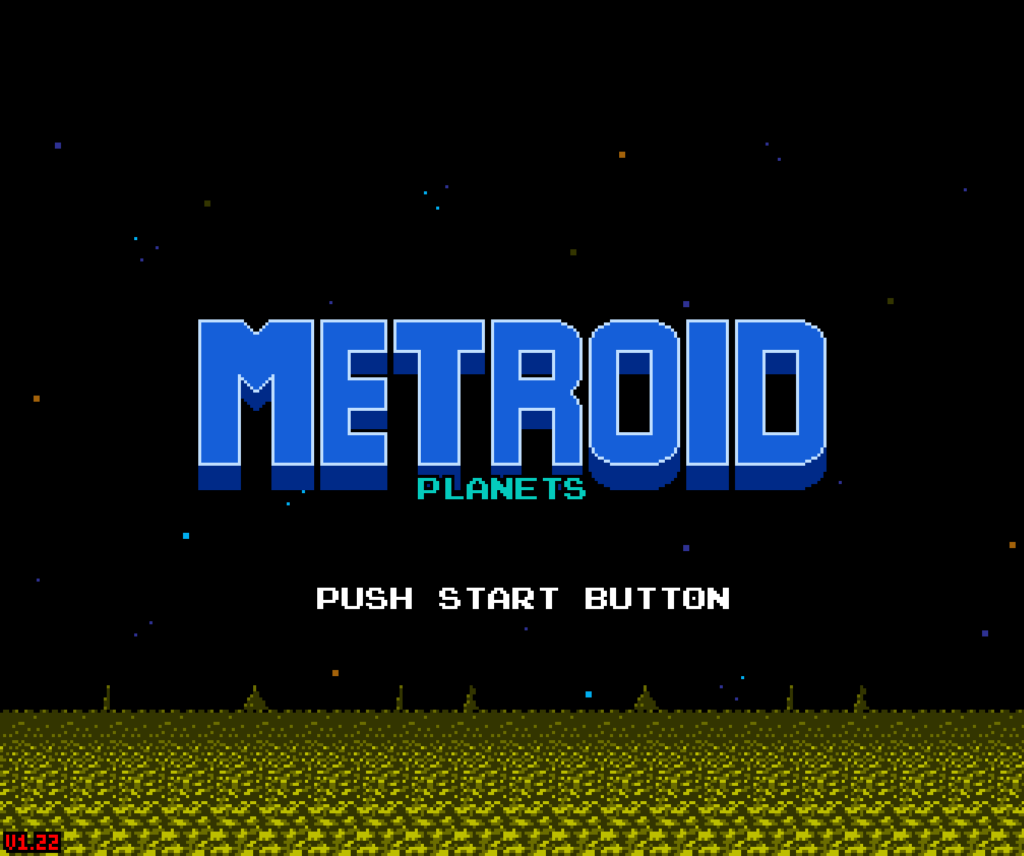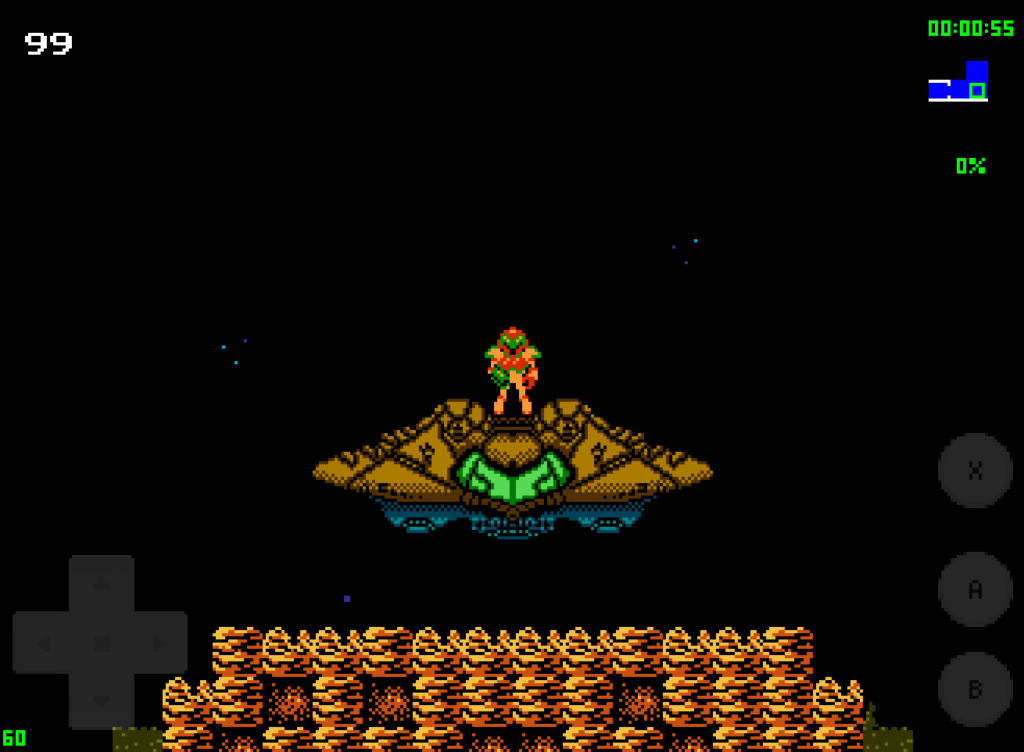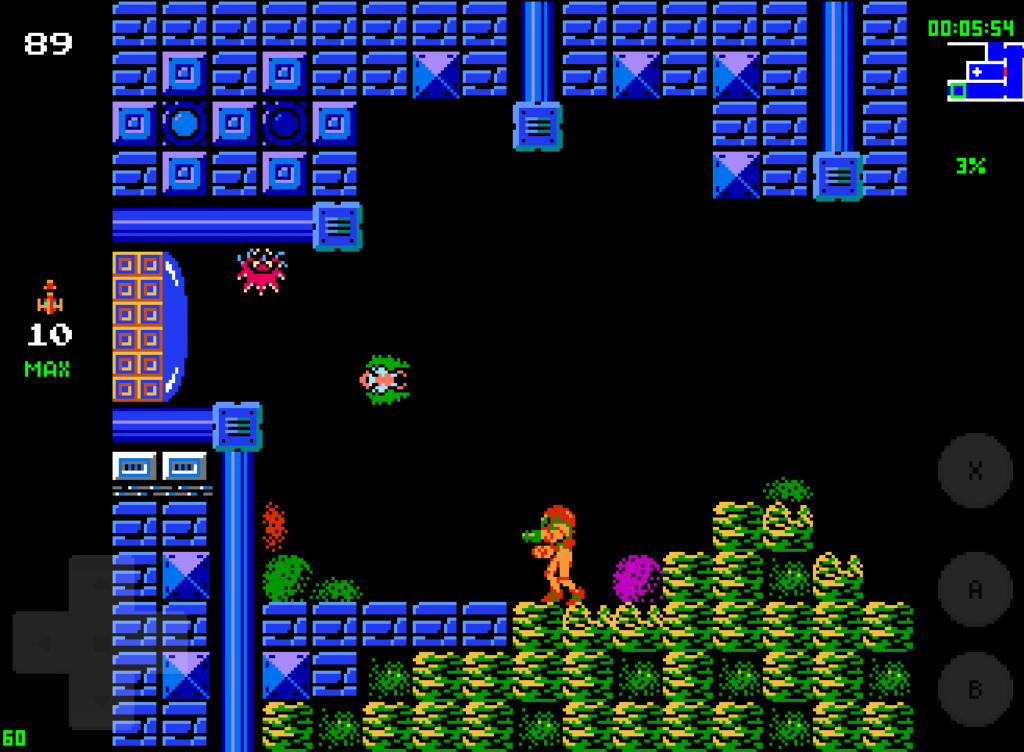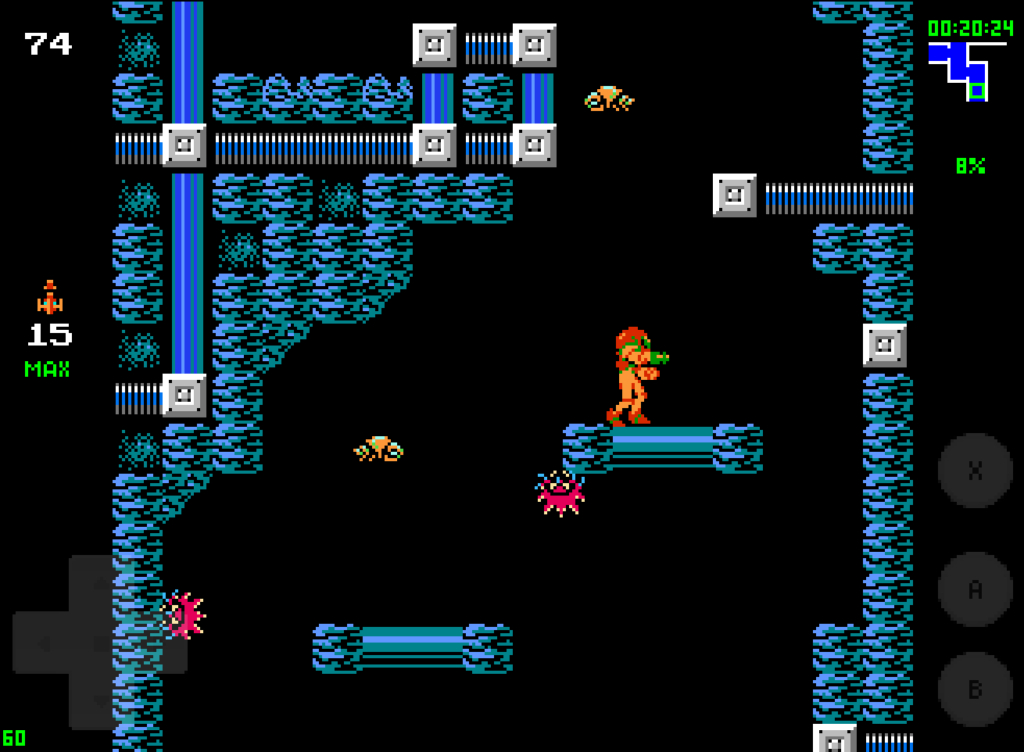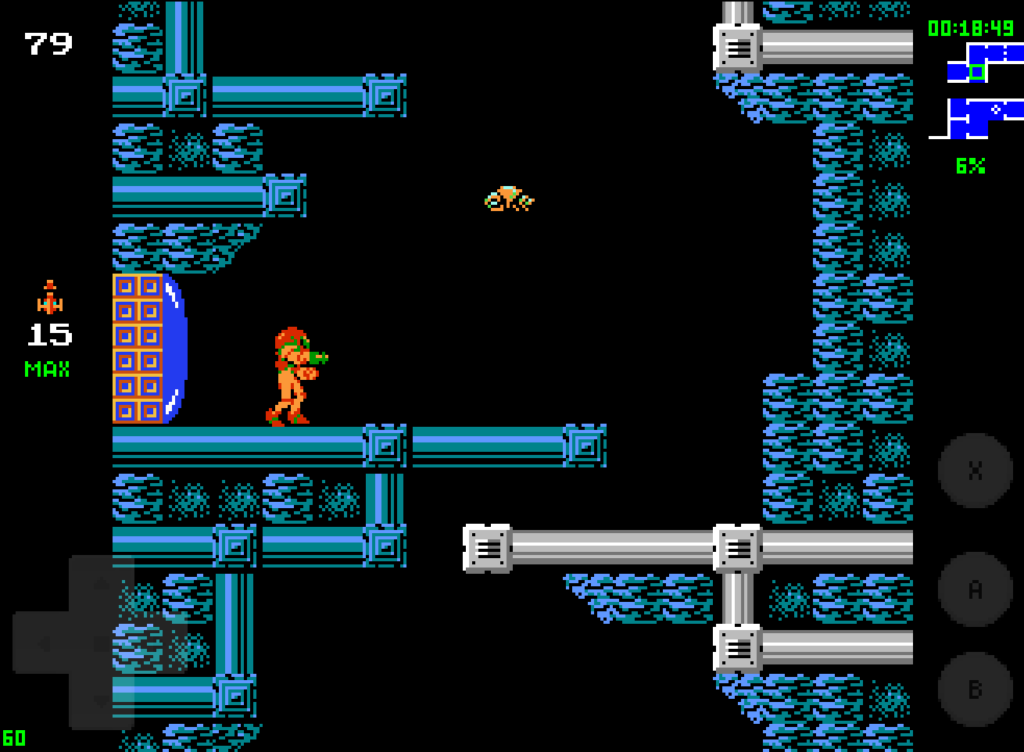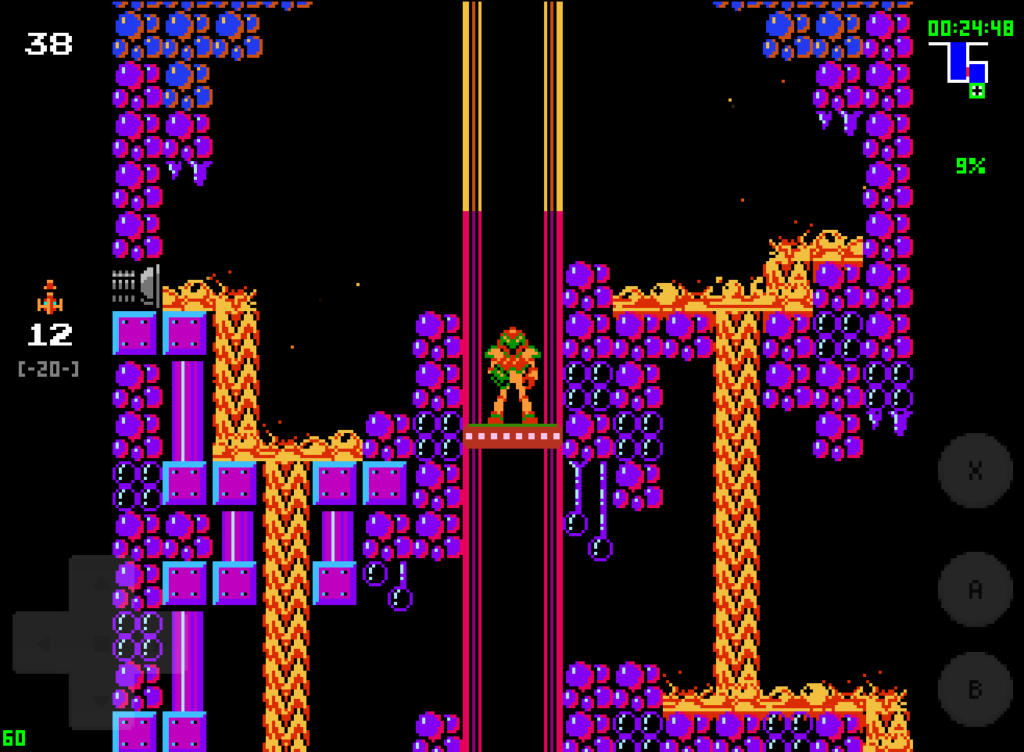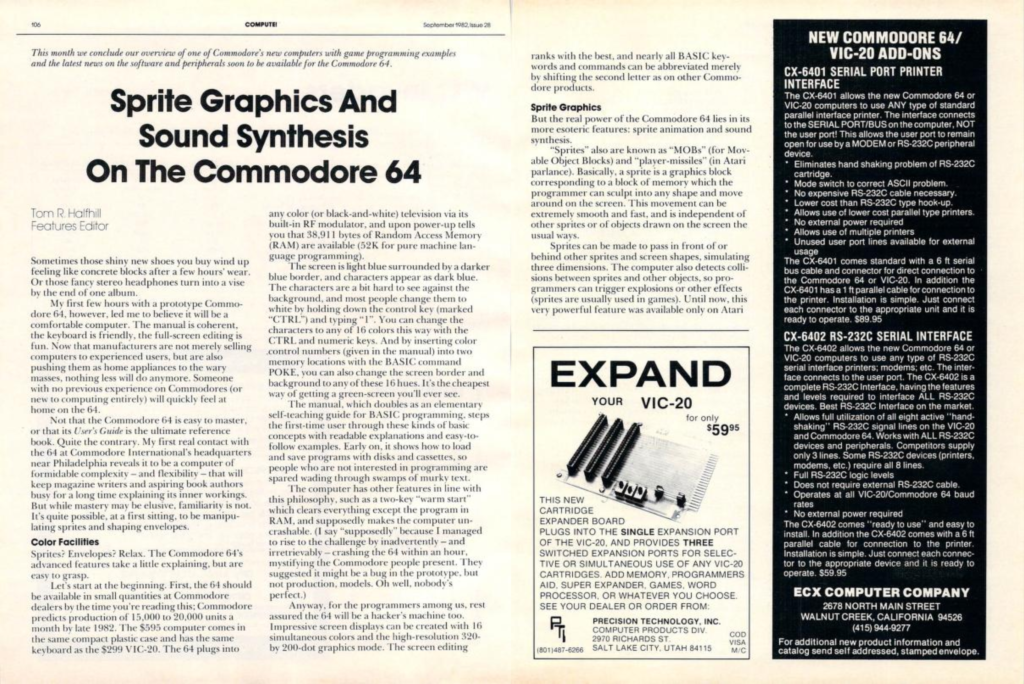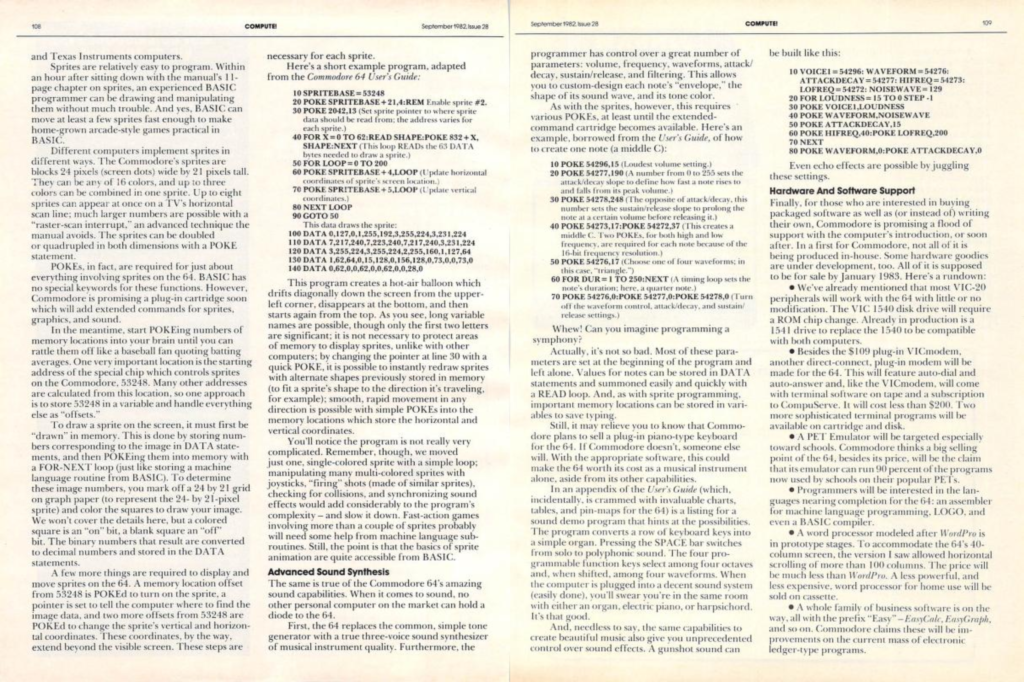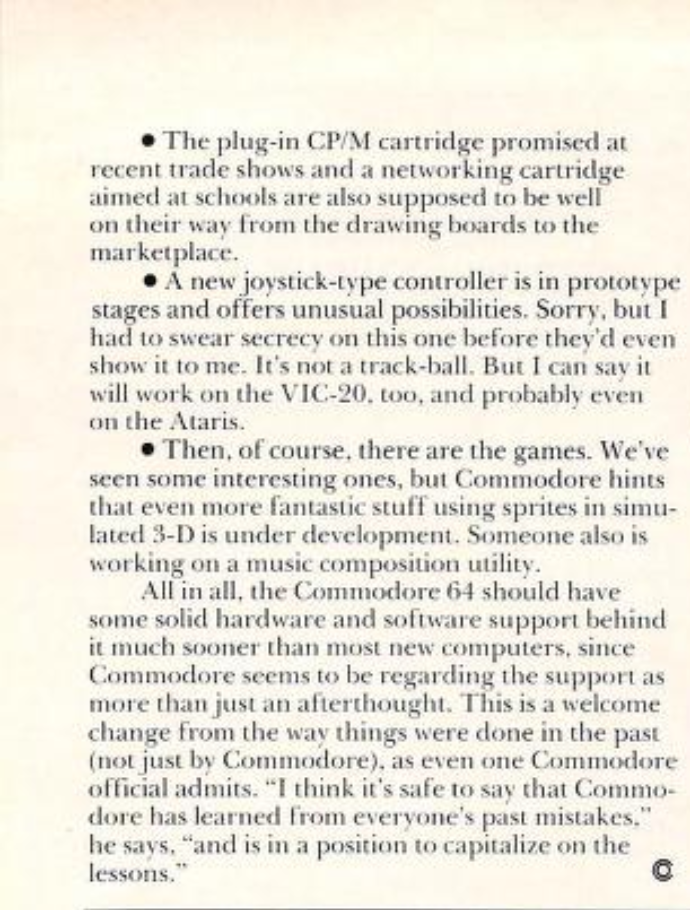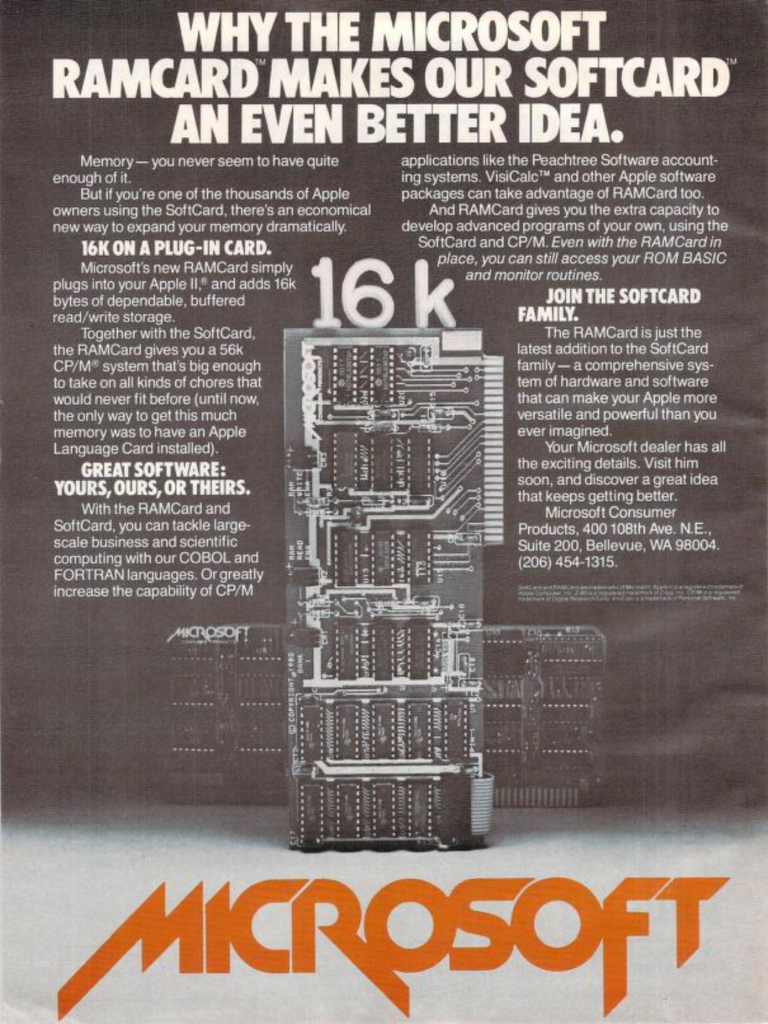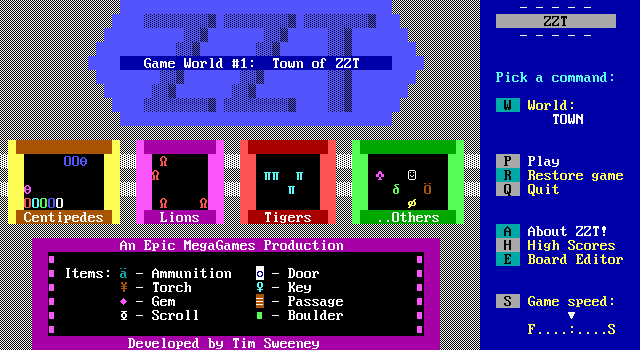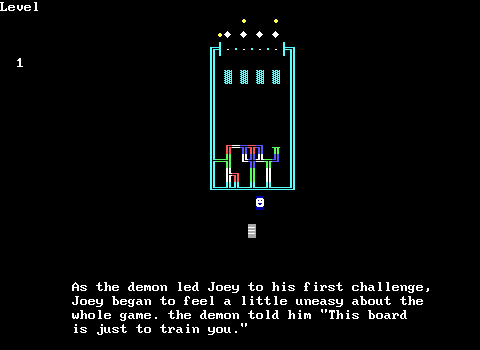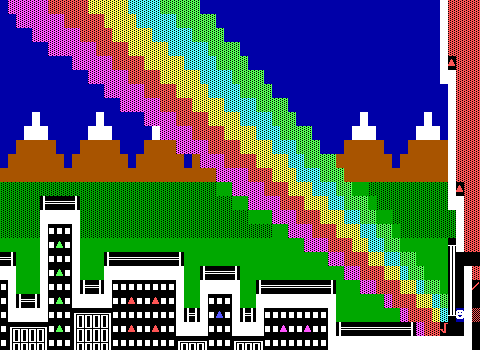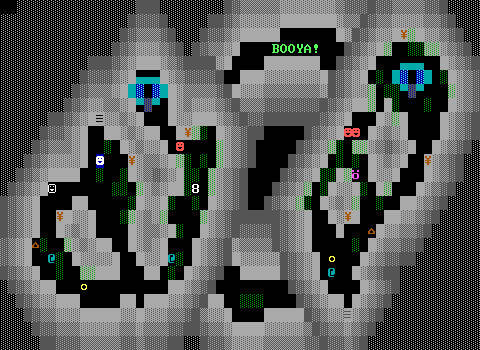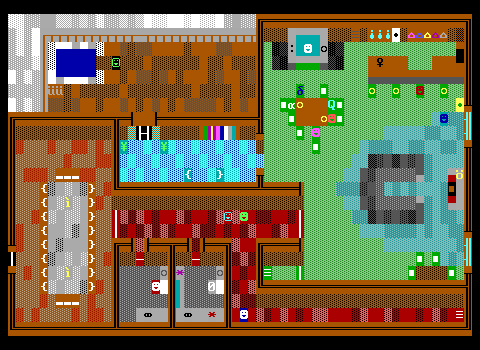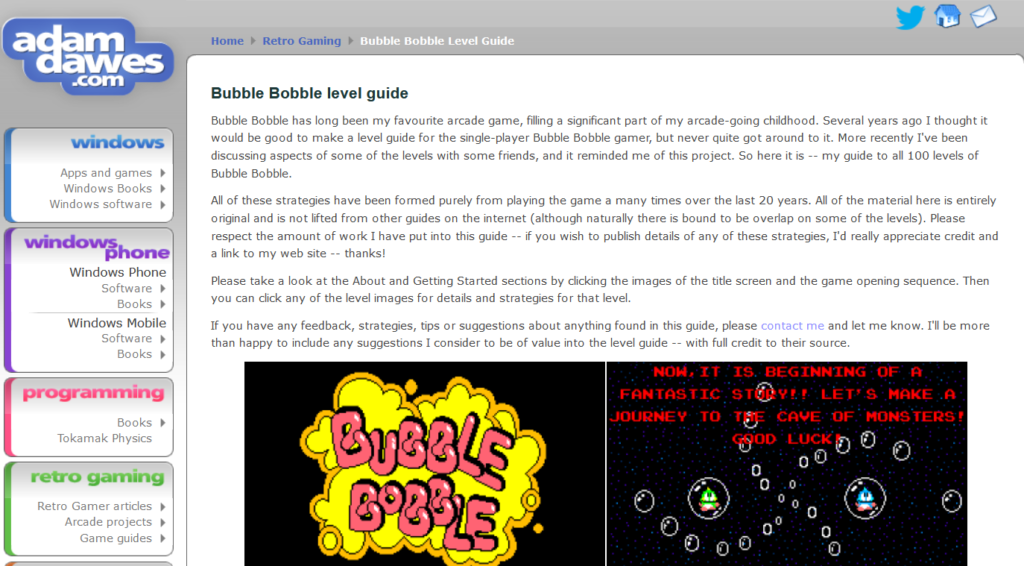What is the SuperGrafx? Why don’t we remember it as well as its predecessor, the PC Engine/TurboGrafx 16, with which it was backwards compatible?
Sharopolis on Youtube digs into the system and its capabilities (17 minutes):
As you can tell by the video’s cover image: Amazing Power, No games. The SuperGrafx only had five games released for it throughout its lifetime, pretty harsh for a system that cost around $300 by today’s money. That cost, relative to that of the PC Engine CD, which was also expensive but could play CD games with vastly greater storage, was probably what doomed it. For those really seeking an arcade experience in Japan there was the Sharp x68000, famous at the time as the true enthusiast’s system with a good number of nearly exact arcade ports. It also cost around $6,000 in today’s money, and still $3,000 in then-money.
The system used the same chip as the PC Engine before it, a 6502 variant running at 7 mHz, meaning it was only a 8-bit system. But was that really so bad? The major 16-bit competition for it was the Motorola 68000, another venerable chip at the time that was used in the original Apple Mac, the Sega Mega Drive/Genesis, the Commodore Amiga and the Atari ST. Yet the 68000 also had some more overhead. Many instructions on the 6502 completed in from two to four cycles, whereas the minimum cycle count of a 68000 instruction was four, with some taking up to 20. This, of course, is offset by the 68000’s greater number of registers and ability to work with two bytes at once for many instructions.
Its graphics were essentially two of the PC Engine’s graphics chip, with some circuitry to interface their outputs together. This description brings uncomfortable reminders of people deriding the Wii’s graphics as “two Gamecubes taped together,” but it’s a much closer description of the SuperGrafx’s graphics. But in practice this meant twice the sprites, dual-plane backgrounds, and double the potential colors on-screen at once, while the MegaDrive/Genesis infamously was still stuck with 64.
The SuperGrafx’s failure in the market was one of those inflection points of the growth of video gaming. If it had succeeded then NEC might still be a player in gaming today, and maybe Hudson Soft would still be an independent entity, instead of just another property for Konami to mine for nostalgiabucks.

